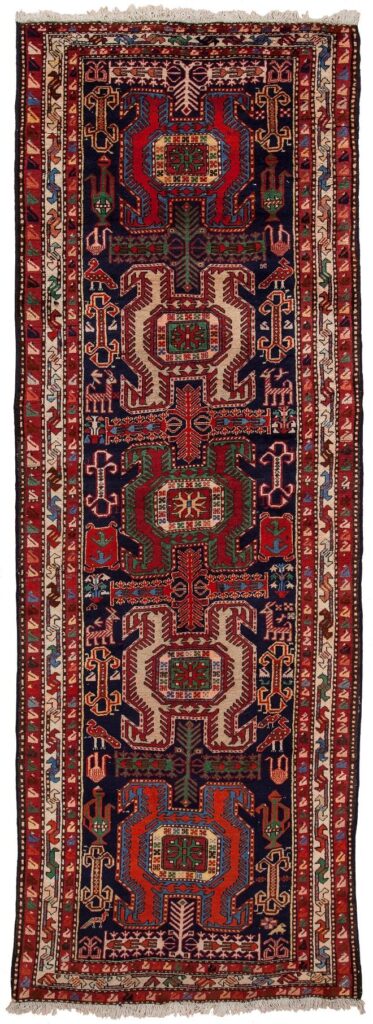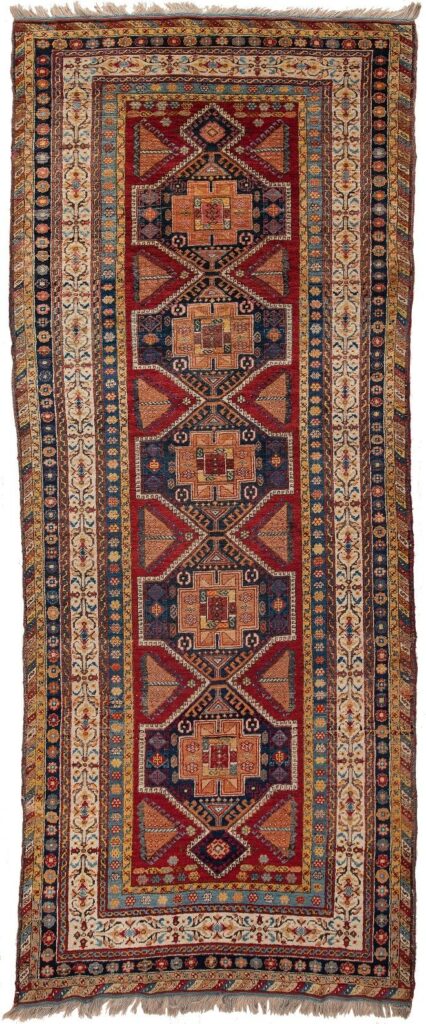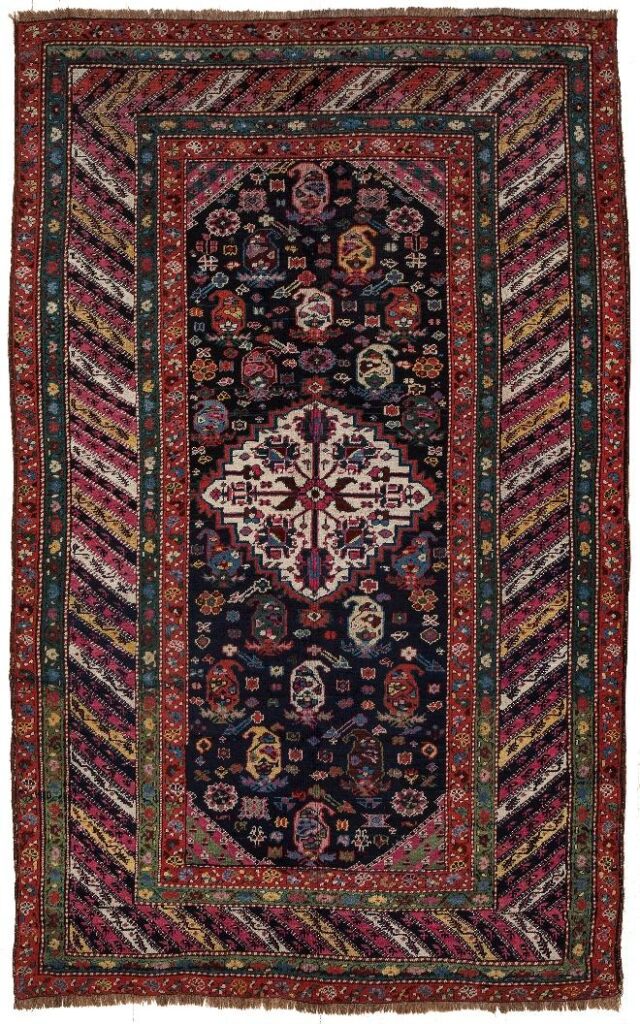Yerevan (Erivan) Rugs
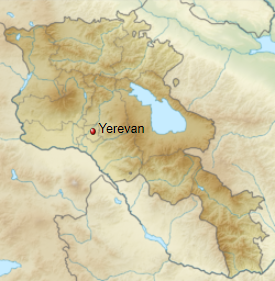
Situated along the Hrazdan River, Yerevan (also spelled Erevan and Erivan) is the capital and largest city of Armenia. Under Persian and Russian rule, it was the center of the Erivan Khanate from 1736 to 1828 and the Erivan Governorate from 1850 to 1917, respectively. It has been the capital of Armenia Republic since 1918, the fourteenth in the history of Armenia and the seventh located in or around the Ararat plain.
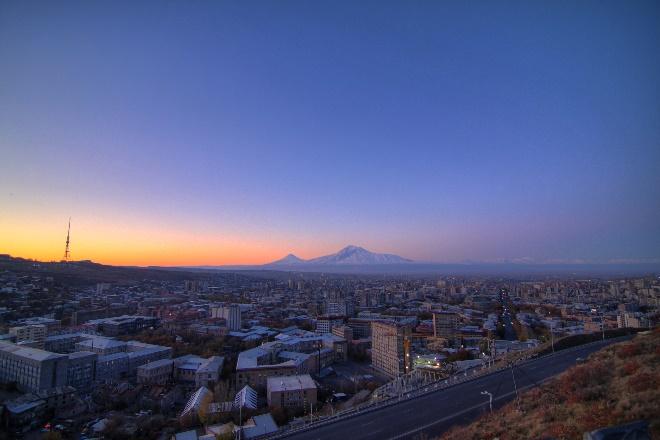
It is one of the world’s oldest continuously inhabited cities. In Armenian tradition Mount Ararat is the spot Noah ultimately anchored. The city expanded rapidly during the 20th century as Armenia became part of the Soviet Union.
Yerevan antique rugs are mainly categorized under the term Kazak which is a general brand for pieces woven during tsarist era by lots of Caucasian ethnics including, and mostly, Armenians. New Armenian pieces are gathered ultimately in Yerevan marketplace, so they are branded as Erivan. Another brand used for such pieces called New Kazak.
Technical aspects and the structure of Yerevan Rugs
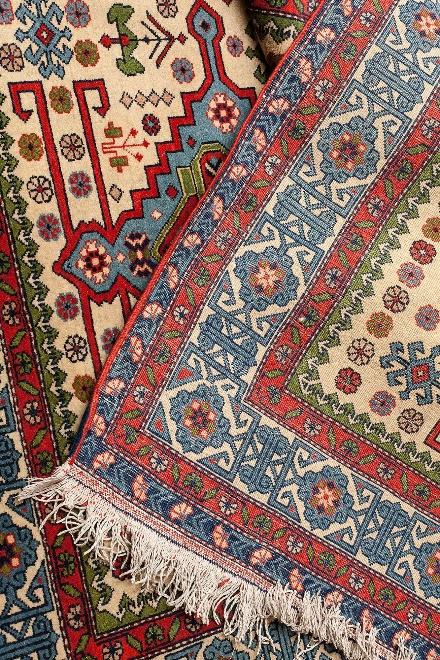
Antique Yerevan rugs are coarsely knotted with a density of about 50 knots per square inch. Knots are symmetrical. Warps, wefts and piles are woolen.
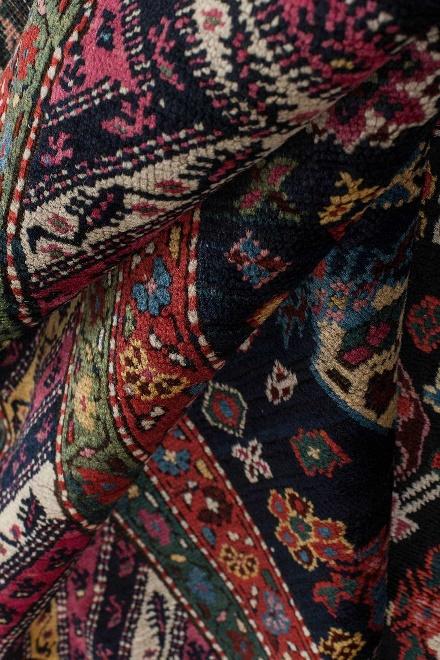
Contemporary productions have cotton foundations and woolen piles. Rug and runner sizes are common.
Dyeing and painting of Yerevan rugs
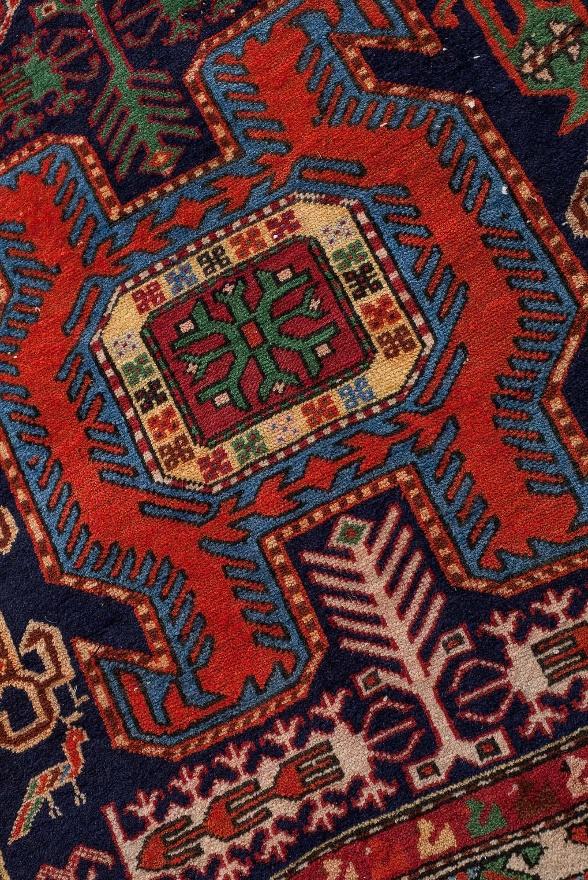
Yerevan Palette consists of bright colors. Red, blue, cream and even green are used for fields, while the secondary palette include a vast range of light shades, from pistachio to apricot.

New pieces with cotton foundation, too, follow the delicate palette, consisting of pink, light turquoise green, yellow, light blue, etc. Pieces made during soviet period have synthetic dyes.
Designs and patterns of the Yerevan rugs
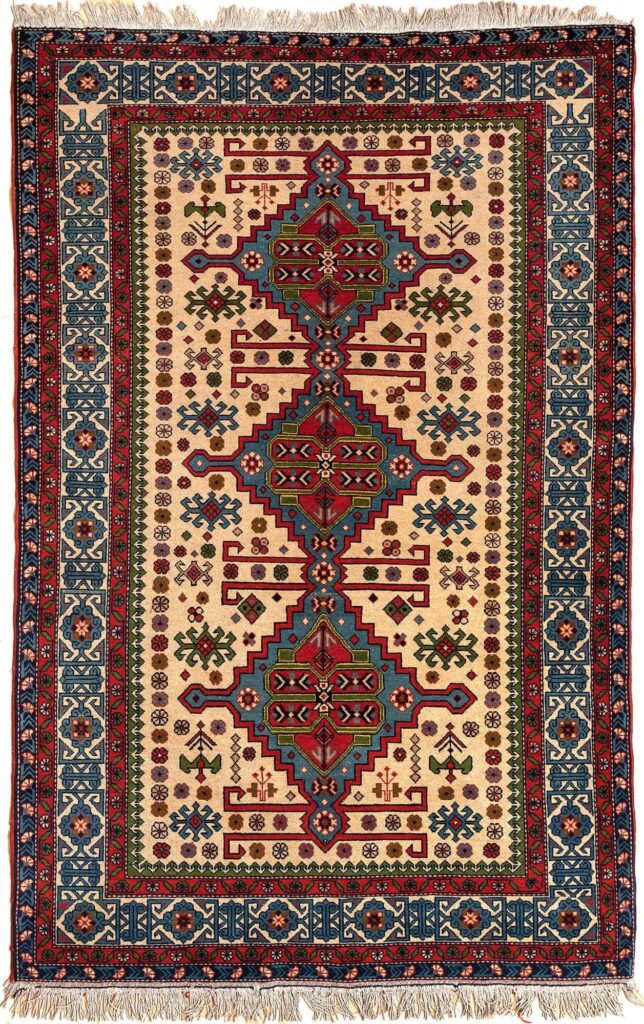
Arrangements of vertical medallions with hooked extensions are common. Columns of hexagons, Pinwheels, diamonds or stars make various types of antique Yerevan’s designs, especially for runners and longer area rugs.
Erivan (Yerevan) pieces made during the last century are chiefly workshop rugs following accurate versions of tribal designs which are supposed to be improvised.
